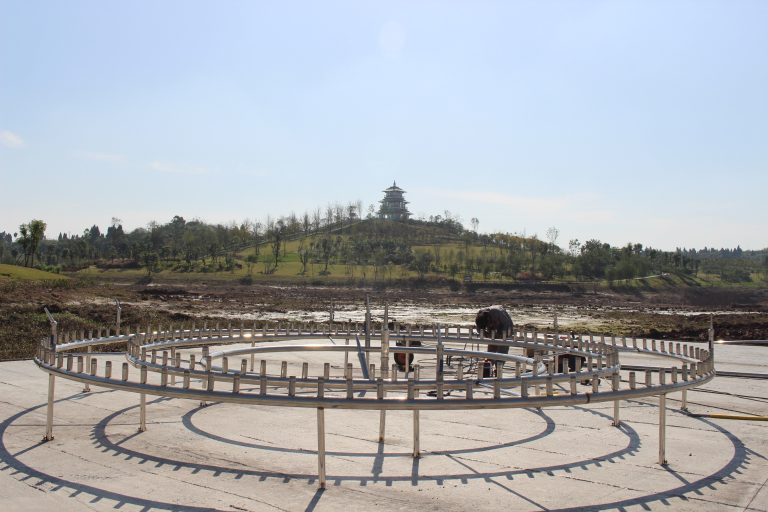How Does A Musical Fountain Work?
Introduction
A musical fountain, also known as a dancing fountain, is a spectacular water feature that synchronizes water movement with music. These fountains are a popular attraction in public parks, shopping centers, and entertainment venues around the world. But have you ever wondered how they work? Let’s dive into the fascinating technology behind musical fountains.
The Basics of a Musical Fountain
At its core, a musical fountain combines water, light, and sound to create a dynamic and visually appealing display. The system is composed of several key components:
Water Pumps and Nozzles: These are responsible for creating various water effects. Different types of nozzles produce different water patterns, such as jets, sprays, and mist.
Lights: LED lights are commonly used to illuminate the water, adding color and enhancing the visual impact of the fountain. The lights can change color and intensity in sync with the music.
Sound System: High-quality speakers are essential to deliver clear and synchronized audio. The music is often pre-programmed, allowing the fountain’s movements to match the rhythm and beats of the songs.
Control System: This is the brain of the musical fountain. It includes a computer or a specialized controller that coordinates the operation of the water pumps, nozzles, lights, and sound system. The control system uses software to choreograph the entire show.
The Choreography
Creating a musical fountain show involves choreographing the movements of water and lights to match the music. Here’s how it’s typically done:
Music Selection: The first step is choosing the music. The music can be of any genre, but it needs to have a clear rhythm and dynamics to create an engaging fountain display.
Programming: Once the music is selected, technicians use specialized software to design the choreography. They map out how the water and lights will move in time with the music. This involves setting the timing for each nozzle and light, creating patterns, and synchronizing them with the musical beats and melodies.
Testing and Refinement: After the initial programming, the show is tested to see how well the choreography matches the music. Adjustments are made to fine-tune the timing and ensure the show is seamless.
The Technology
The technology behind musical fountains has evolved significantly over the years. Modern systems use advanced computer software and hardware to achieve precise control. Here are some technological aspects:
Digital Control Systems: These systems allow for highly accurate timing and synchronization. They can handle complex choreography involving multiple water and light effects.
Sensors and Feedback Mechanisms: Some advanced musical fountains use sensors to adjust the performance in real time, ensuring that the water and lights are perfectly synchronized with the music.
Conclusion
Musical fountains are a blend of art and technology, creating mesmerizing displays that captivate audiences. By combining water, light, and music, these fountains offer a multi-sensory experience. Understanding the technology behind them can enhance our appreciation for these engineering marvels. Whether you’re enjoying a quiet evening in a park or attending a grand event, a musical fountain show is sure to leave a lasting impression.

